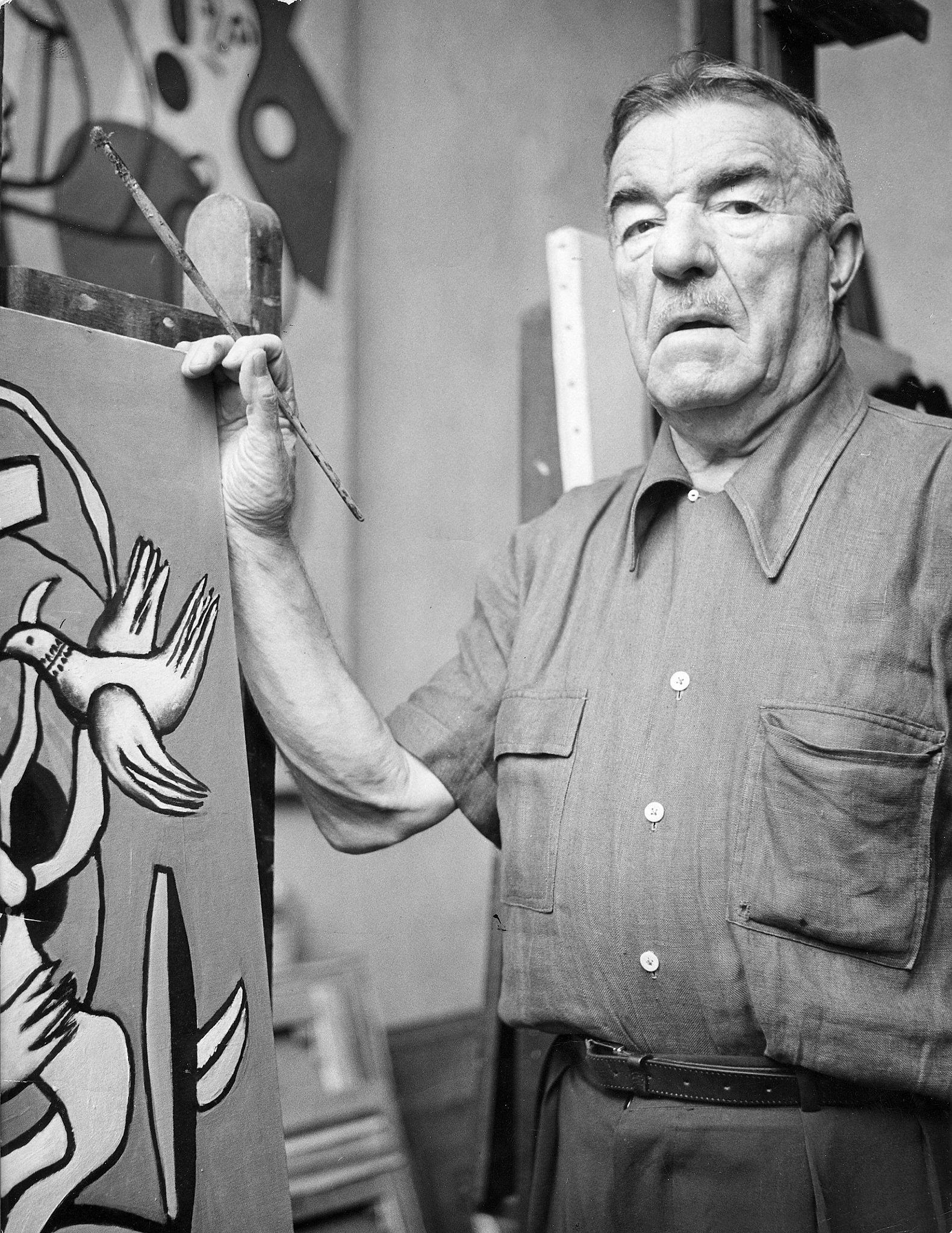Fernand Léger rug based on an Aubusson tapestry 1953 20th century hand-knotted unique piece high artistic quality tapestry 3 x 2 m
The Fernand Léger Carpet based on a 1953 Aubusson tapestry is a masterpiece of 20th century artists' carpets. This unique piece resurrects the work of Fernand Léger in a hand-knotted tapestry of high artistic quality. With its generous dimensions of 3 x 2 meters, this magnificent piece is ideal for elevating the aesthetic feature of any room. The creativity of this work of art combined with the sophistication of the craftsmanship elevates the rug to a level that transcends the traditional functions of any ordinary rug. If you're looking to incorporate a touch of artistic elegance into your interior, this rug is the perfect option.
- Shipping:
- Return Policy: We understand that buying a rug can be a big investment and we want you to be completely satisfied with your purchase. For this reason, we offer a 30-day return policy for rugs purchased from our site. If you are unhappy with your rug for any reason, you may contact us within 30 days of receiving your order to request a return. Carpet must be in its original, unused, undamaged condition with all tags and accessories included. We reserve the right to refuse a return if the rug is not in its original condition. Return costs are the responsibility of the customer, unless the rug is faulty or we have made an error in your order. If your rug is eligible for a refund, it will be processed within 5 days of receipt of the returned rug. Please note that our 30 day return policy does not apply to personalized or bespoke rugs, which are subject to specific return conditions. We encourage you to read this information carefully before placing your order. If you have any questions regarding our return policy or would like to return a rug, please contact us and we will be happy to assist you.
Learn More
Fernand Léger |  |
Fernand Léger, né le 4 février 1881, à Argentan (Orne) et mort le 17 août 1955 à Gif-sur-Yvette (Essonne), est un peintre français, aussi créateur de cartons de tapisseries et de vitraux, décorateur, céramiste, sculpteur, dessinateur et illustrateur. Il a été l’un des premiers à exposer publiquement des travaux d’orientation cubiste, même si on a parfois qualifié son style de « tubiste ». À dix-neuf ans, après une enfance à Argentan et des études d'architecture à Caen, il découvre le Paris de 1900. Léger n’y accomplit jamais la formation d’architecte qu’il est venu y poursuivre. Lentement, s’imprégnant patiemment du mouvement dynamique de la ville, il troque son tire-ligne pour les pinceaux : l’assurance d’un métier stable contre la promesse d’une liberté périlleuse. Dès 1903, Léger partage un atelier avec le peintre André Mare. Après son échec aux Beaux-Arts, il s’exerce dans diverses académies. Daniel-Henry Kahnweiler, qui devient son marchand, se souvient ainsi de Léger allant dessiner le nu presque tous les soirs à l’académie de la Grande Chaumière. Il reste difficile de savoir à quoi ressemblaient ces dessins. Léger dit effectivement avoir détruit entre 1902 et 1908 une grande partie de ses travaux au fur et à mesure de leur production. Peut-être contenaient-ils encore quelques traces du sentimentalisme du Jardin de ma mère, peint en 1905, ou de ces Gamins au soleil (1907) que Guillaume Apollinaire qualifia de « baignades du soir postimpressionnistes ». Sans interprétation abusive, on peut assimiler la destruction de ces dessins à un acte proprement artistique : en s’attaquant à ses tentatives désuètes, Léger brutalisait déjà la tradition. Œuvre au musée international de la céramique de Faenza. En 1907, comme de nombreux peintres parisiens, il est très marqué par la rétrospective consacrée à Cézanne qui oriente définitivement sa peinture. La même année, il découvre le cubisme de Picasso et de Braque. | |


